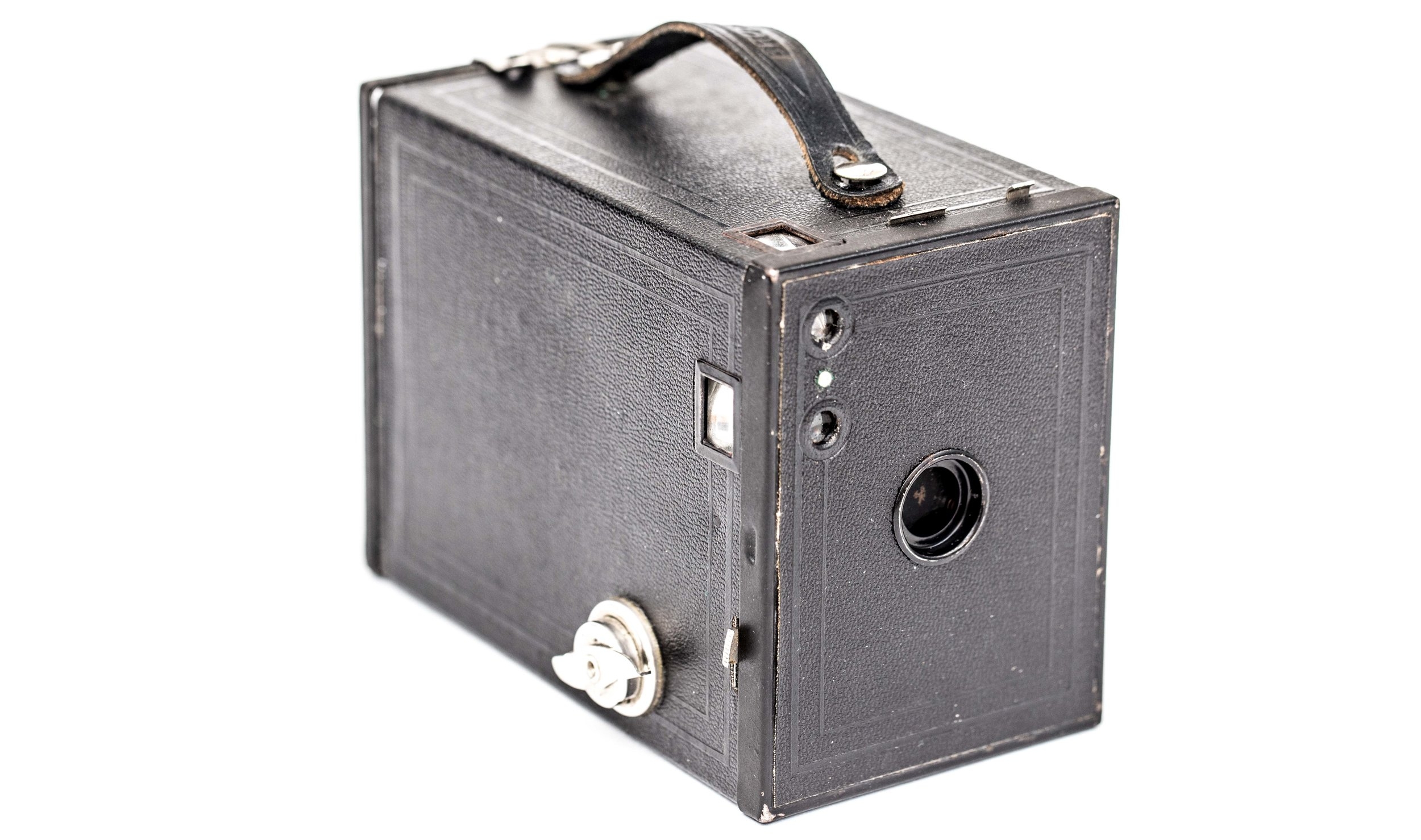The No. 2 Kodak Brownie
The Kodak Brownie No.2 might be the simplest practical camera still easily found today. It takes 120 medium format film and costs less than a music CD, if you remember those. It produced 6x7cm negatives which is one of the larger medium format sizes.
This particular model was released in 1901 as the Victorian era drew to a close. The specialized technology of photography was now in the realm of the public. We often hear that digital cameras and iPhones have taken work away from professional photographers, but it has happened in pulses over the entire history of photography. There is nothing new under the sun.
A box Brownie's simplicity can't be overstated - the only decisions to make are the framing of the subject, and the timing for when the shutter is fired. Changing the aperture is possible, but the manual (find it here) suggests that it only needs to be changed when using timed exposures or flash.
Here are the settings:
1/60 shutter (presumably slower due to age of the camera)
apertures of 16, 22 and 32
Focused to infinity (presumably hyper-focal)
90mm focal length (a ‘normal’ length for this size of negative)
Though the Brownie was designed for 100 speed film (or possibly slower), using modern 400 speed film allows some license to play with aperture settings (the equivalent of using shutter speeds of 1/125, 1/250 and 1/500 at f11). That covers outside scenes from bright sun to moderate shade. Long manual exposures are needed for indoor photography.
I have found that my copy of the camera shoots a little to the left when shooting in the landscape orientation. I'll look into how I can adjust the viewfinding elements and report back.
This camera is probably the cheapest way to get into medium format photography, and the results can be quite good if you give the camera enough light.
Freight train near Washington Avenue, Houston. Brownie No.2, Ilford HP5.


